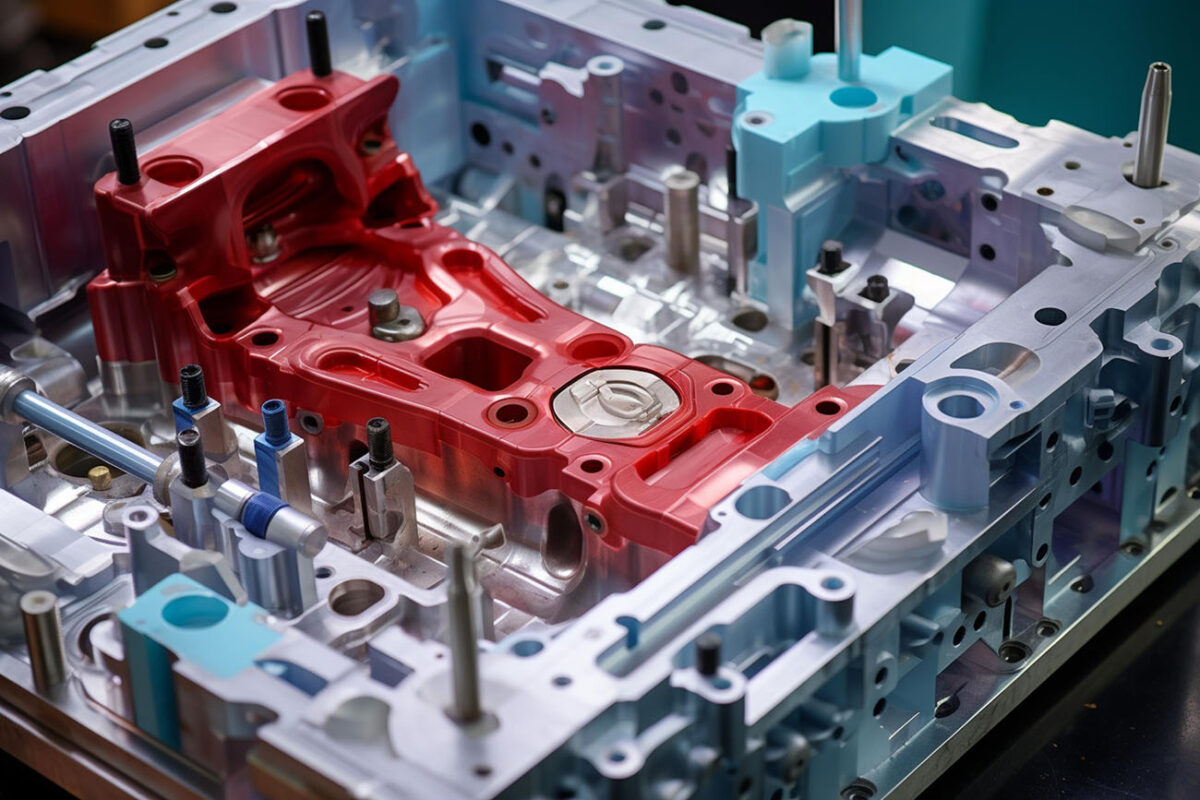Next Gen Injection Molding: Best Practices

Why is an assessment of the next-gen of injection molding needed? The global injection molding market was valued at USD 265.1 billion in 2020 and is expected to expand at a compound annual growth rate (CAGR) of 4.6% from 2021 to 2028 (Grand View Research report).
This next generation of injection molding is fueled by the rising demand for lightweight and durable components across various industries, including automotive, electronics, and consumer goods. In an era where efficiency, precision, and sustainability are paramount, the injection molding sector must react to meet these challenges head-on.
You can also read: Industry 4.0 in Injection Molding
This article explores five key areas that signify the next-gen (generation) of injection molding; let’s check them.
Mold Equipment
Modern injection molding equipment incorporates advanced sensor technologies that provide real-time data, revolutionizing production processes. By embedding sensors into molds, manufacturers can monitor temperature, pressure, and flow rate with high precision. This real-time data enables predictive maintenance, reliable troubleshooting and significantly reducing downtime and extending the lifespan of the molds. Additionally, innovations such as quick-change systems and standard parts streamline operations, allowing for rapid adaptation to different production needs and enhancing overall efficiency.
Digital Twin
The Digital Twin concept is transforming the way manufacturers approach design and production. By creating virtual replicas of physical processes, manufacturers can simulate and analyze performance under various conditions without the need for physical trials. This digital approach optimizes design processes, reduces lead times, and improves overall manufacturing efficiency. Engineers can test and refine products in a virtual environment, identifying potential issues before they arise in the physical production line. Which digital twin do I have to get? You have to define and do the benchmark, in the market there are a lot of options and there is no the best but the most suitable for you application let´s benchmark
IoT and Industry 4.0
The integration of the Internet of Things (IoT) with Industry 4.0 principles is driving the next wave of smart manufacturing. IoT devices collect vast amounts of data from machines and systems, facilitating enhanced automation and data exchange. Moreover, these interconnected systems enable real-time monitoring and control, improving production accuracy and reducing waste. The application of IoT in injection molding leads to smarter decision-making, ultimately enhancing product quality and operational efficiency. For this PE did create a separated chapter focused on the last trend and technologies from 4.0 in injection molding. Industry 4.0 in Injection Molding
People & Know-How Management
While technological advancements are crucial, the human element remains vital in the next generation of injection molding. Effective management of human capital focuses on talent acquisition, skill development, and knowledge-sharing practices. By investing in continuous training and fostering a culture of innovation, companies can ensure their workforce remains adept at leveraging new technologies. Collaboration and know-How transfer within the organization enhance problem-solving capabilities and drive continuous improvement. Soft skills such as communication, problem-solving, adaptability, and teamwork are crucial for the next generation of injection molding professionals.
Material Expertise and Partnerships

Selecting the right materials for different molding applications is essential for achieving optimal product performance. In the next generation of injection molding, the synergy between material suppliers and internal expertise is the key. Material suppliers play a crucial role by providing innovative materials with superior properties, such as enhanced strength, durability, and sustainability. However, it is the internal expertise within the manufacturing teams that drives the demand for improvements and development projects. Hence, by leveraging their deep material understanding, internal experts can effectively collaborate with suppliers to request tailored material solutions.
The injection molding industry is at the cusp of a significant transformation, driven by advancements in technology and the increasing need for efficiency and sustainability. Did we forget sustainability? We didn’t really: Sustainability is a milestone embedded in all aspects of this evolution, from integrating sensors into molds to developing smart manufacturing systems. However, without the proper knowledge and expertise to apply these innovations, they remain mere theories. As the market continues to evolve, it is imperative for manufacturers to embrace these changes and take the next step in their technological journey to remain competitive.
To read more: Injection Molding Market Size, Share & Trends Report, 2030
